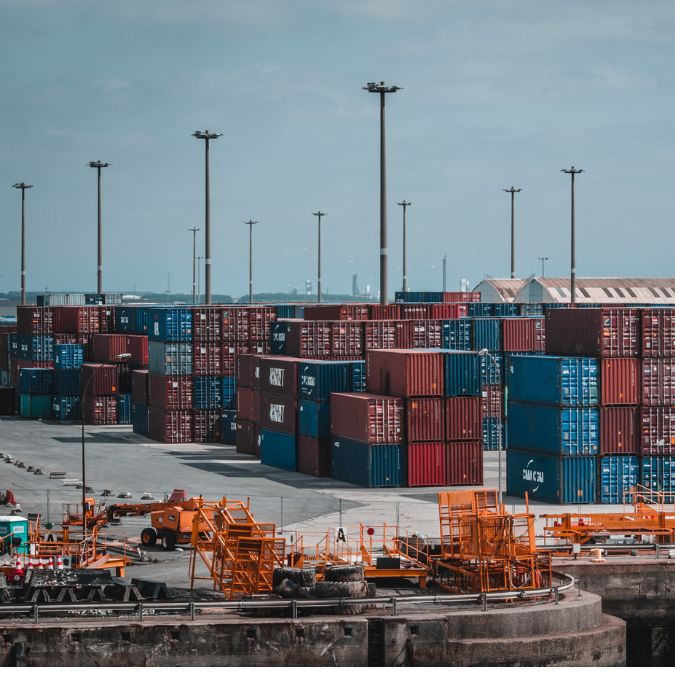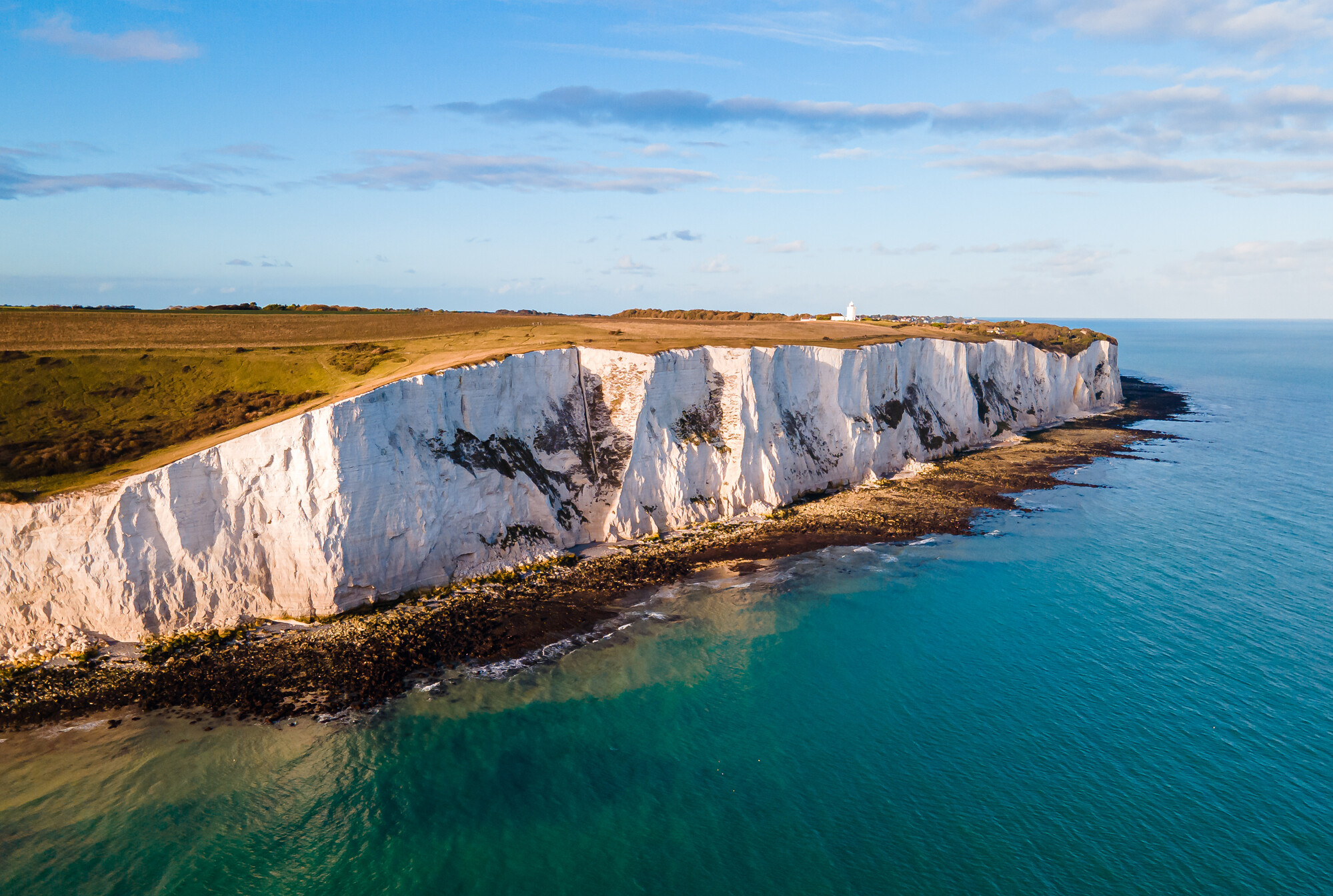The Port of Southampton is more than just a transportation hub on the south coast of England. It is a historical reference point, a modern logistics giant, the largest cruise terminal in Northern Europe and an important tourist magnet. The interests of trucking, maritime tourism, historic heritage and national infrastructure intersect here. The uniqueness of the port lies in its diversification, optimal geography and exceptional natural advantage – a protected harbor, suitable for receiving ships practically round the clock.

Historical perspective: from humble dock to international hub
The modern history of the port begins in 1843 with the opening of the first dock. Since then, Southampton has become a key hub for international trade and passenger navigation. In the XX century the port gained international fame as a port of departure for the legendary Titanic, and nowadays as a berth for the largest cruise liners in the world, including the P&O Arvia with a length of 345 meters
Southampton is located at the mouth of Southampton Water, a natural harbor formed by the confluence of the Test and Itchen rivers. The Isle of Wight protects the water area from bad weather, making the port particularly attractive for marine logistics. The unique “double tide” phenomenon allows ships to enter the port up to 80% of the time per day – a rare natural advantage.
Europe’s cruise center
Southampton is the leader of the cruise industry in the UK and the busiest cruise port in Northern Europe. There are five modern terminals available to passengers, from the historic Queen Elizabeth II Terminal to the newest Horizon Cruise Terminal, opening in 2021.
The port welcomes over 1.9 million passengers each year (2019 figures) and each mooring generates an average of £1.25 million for the local economy. The port serves as a departure and return point for cruises, including Mediterranean, Scandinavia, and Atlantic cruises.
Traveling from Southampton on the Scandinavia & Fjords itinerary on a P&O or Cunard liner includes stops in Bergen, Olesund and Copenhagen – the perfect choice for exploring Northern Europe without air travel.
Freight potential: UK logistics center
Southampton is the UK’s second largest container terminal after Felixstowe. The terminal is operated by DP World Southampton and is capable of handling up to five large vessels at a time. Throughput capacity – 1.5 mln TEU per year.
The rail infrastructure is adapted to the W10-cargo dimension, allowing for efficient handling of tall containers – the modern standard in logistics. Port leads the way for UK car exports. Seven multi-story parking lots have been built here, and the total storage area is more than 21 hectares. Also Southampton, Europe’s largest crude oil import terminal, is linked to the Esso refinery in Fawley.
Tourism, entertainment, local characteristics and the future
The harbor is surrounded by a number of attractions: Calshot Castle, the hovercraft museum, the historic villages of Hamble and Warsash, and the New Forest National Park. Maritime enthusiasts can cruise the harbor on Blue Funnel ships or even take a ride on the world’s last wheeled steamer, the PS Waverley.
The Southampton International Boat Show, held annually in September, is Europe’s largest water event, with 350 boats afloat, over 1,000 exhibits and thousands of guests. Despite the development, the port faces a number of challenges:
- Congested infrastructure during peak hours, especially during the cruise season.
- Environmental risks associated with the growth of oil tanker operations.
- Limited space for expansion – New Forest neighborhood makes development projects controversial and requires public consensus.
The Port of Southampton is a synergy of logistics, tourism and history. It is not just a transhipment point, but a fully-fledged urban organism, shaping the region’s economy and Britain’s image as a maritime powerhouse.
For the tourist, it is the gateway to maritime adventure. For businesses, a strategic entry point into the UK market. And for the city, a source of stable income and prestige.







